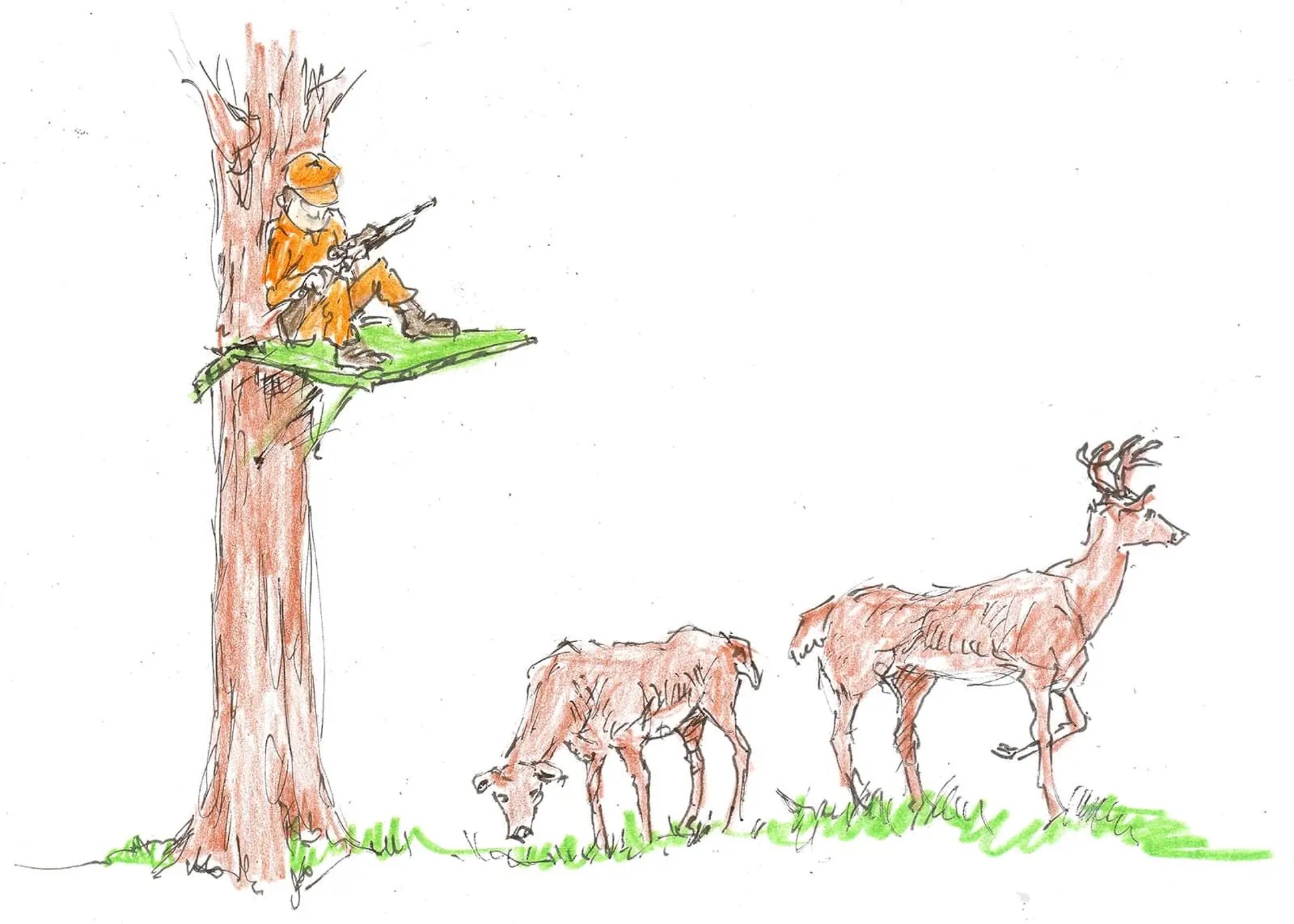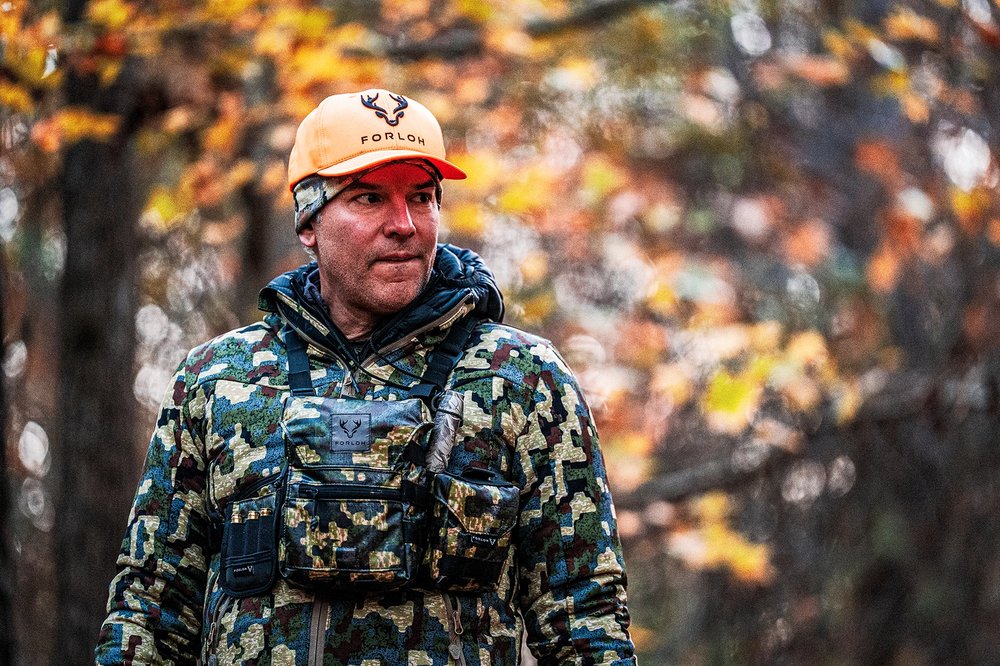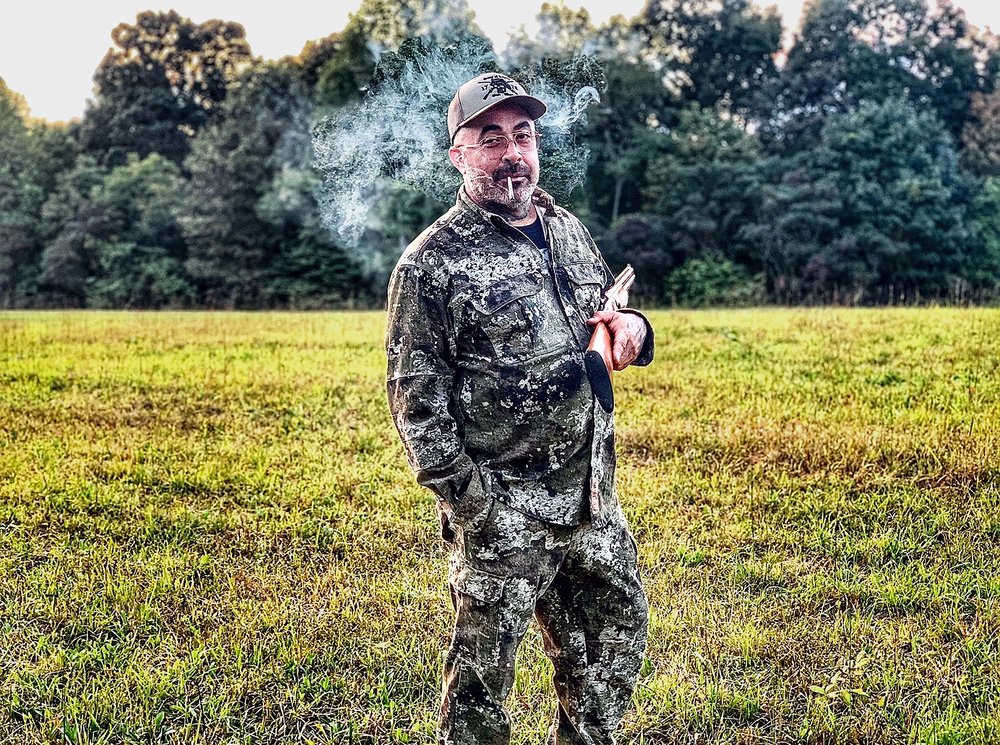Deer season is upon us, and that means that one of deer hunting’s longest and strongest traditions is in full force: all the “you have tos” and “don’t evers” that deer hunters argue over in camps. And, with today’s technology, the discussions aren’t limited to camps, but these deer hunting myths and truths are all over our social media, too.
So, let’s take a look at some deer hunting myths and truths to see if they hold up, starting with…

Camouflage clothing is needed for deer hunting.

Remember those paintings and drawings of Early America, with the Pilgrims, Colonials, and the various Daniel Boone types all decked out in RealTree and Sitka as they return home through the forests, with a deer or two slung over the drag pole? No?

We don’t remember those, either! Early Americans killed their share of deer without wearing camo, and many a modern hunter has taken venison wearing blue jeans and a plaid jacket. So, no, you do not need camo to hunt deer and hunt successfully.
And many of us hunt from blinds and shoot houses, so we could be wearing a bikini and electric pink flip-flops, and the deer wouldn’t be any the wiser. Although, we can’t say for sure how your fellow hunters may react…
Can camo help you as a hunter, though? Very likely, especially for the archery or handgun hunter who needs to get relatively close to their target.
Wildlife scientists have actually looked at the rods and cones inside the deer eyeball, and this plus various other research, has led them to believe that, like some of us humans, deer are essentially red-green colorblind. Meaning, red and green present as one gray color to the deer. They tend to see the world in shades of black and white, with one exception: they appear to detect the color blue very well.
But if those shades of black and white appear out of place, new or different? Deer become instantly alert. They easily spot objects that are shiny, too. So, while they are very quick to pick up on movement, these same deer have trouble identifying a hunter sitting very still in camouflage that breaks up their profile and blends in with the “shades” of local vegetation and landscape.
If you are hunting in the open and need the deer close? Wear camo, avoid any clothing or gear that’s blue and shiny, and keep your butt in one place!
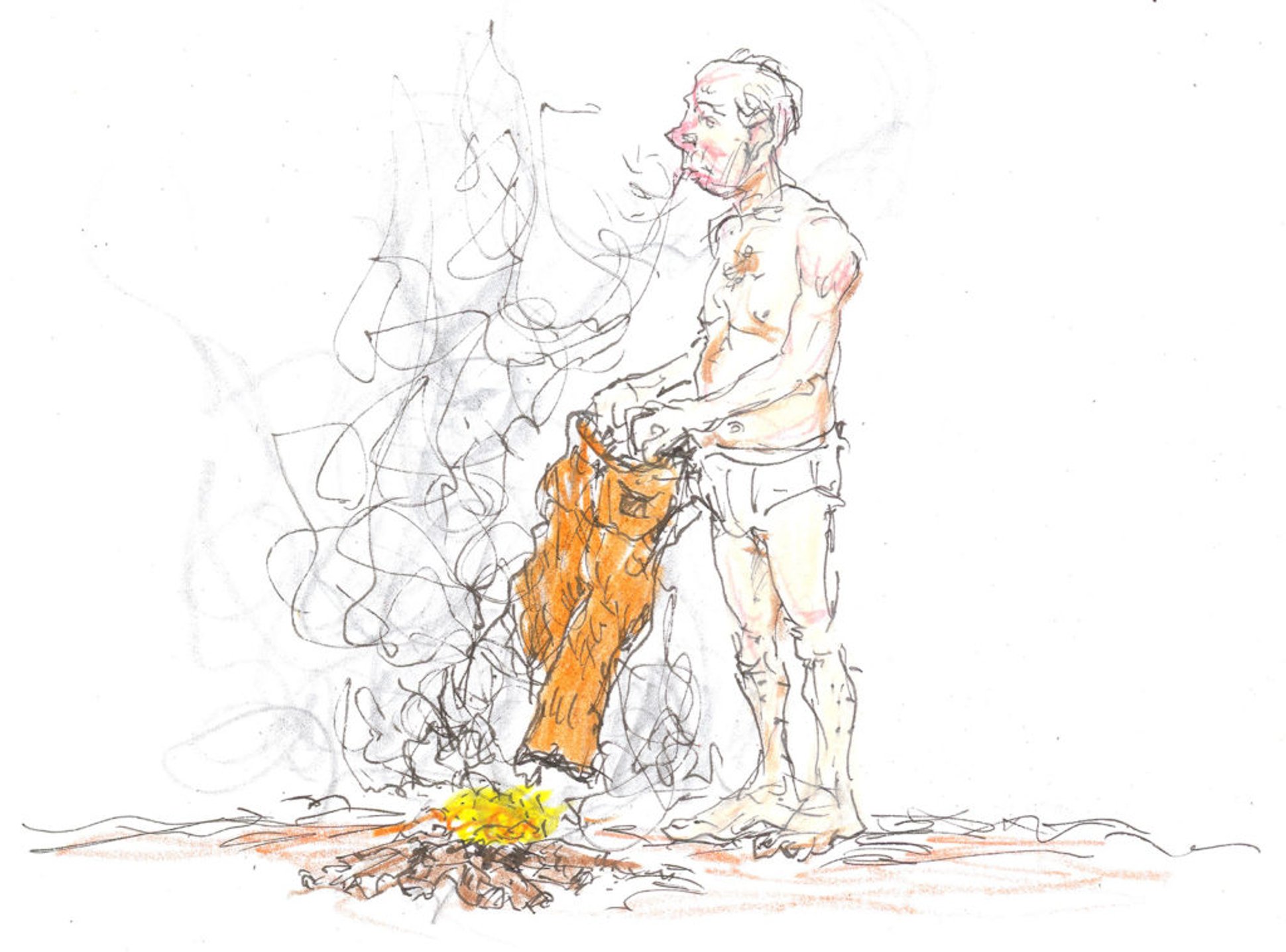
Wood smoke on your clothes makes your human smell invisible.

Deer have a great sense of smell, far better than humans, and much closer (some say better) than a dog’s sense of smell. No wonder a regular industry has grown up around trying to fool a deer’s nose. Today, you can buy sprays and clothing designed to minimize the human smell, plus ozone-producing units and an array of scents to overwhelm and therefore mask human scent.
Among the latter, wood smoke has long been a favorite. Various outfitters still recommend that hunters stand around a smoky fire before hitting the woods. Some hunters hang their clothing near wood fires and then roll them into plastic bags to keep the smoke scent fresh for the next day’s hunt.
In colder regions of the country, goes the logic, people use wood heating and fireplaces to keep their homes warm; local deer can’t help but smell that smoke and so are accustomed to it. Others argue that since fire is a natural element, deer accept wood smoke as a non-threatening odor.
All of which may be correct but doesn’t really answer the key questions: does the wood smoke smell truly overwhelm the smell of the person wearing said clothing? Couldn’t sharp-nosed deer smell the smoke and the hunter at the same time?
In truth, no one knows. The one advantage of using wood smoke to hide your scent is that it is cheaper than expensive sprays and ozone units.
And it probably can’t hurt. So, smoke ‘em if you got ‘em!
Deer scan ahead and sideways—so you are “safe” from detection in a tree stand.

Research has shown that deer do in fact tend to look ahead and sideways and to a lesser extent, behind them, when foraging and moving through an area. Their peripheral vision is also exceptional; the least flicker of movement on the very edges of their peripheral vision can and will get a deer’s attention.
They are looking for predators, and deer predators are ground-based.
But deer will look up, especially if a hunter in a stand moves around or makes noise.
And the further away a deer is from a stand, the more likely that stand is within its ground-based vision. That is, a buck standing 30 feet from your stand is not likely to look up into the tree, but rather will look to either side and ahead. But take that same buck and move him back 100 to 150 yards, and you and your stand are now in his dead-ahead field of view.
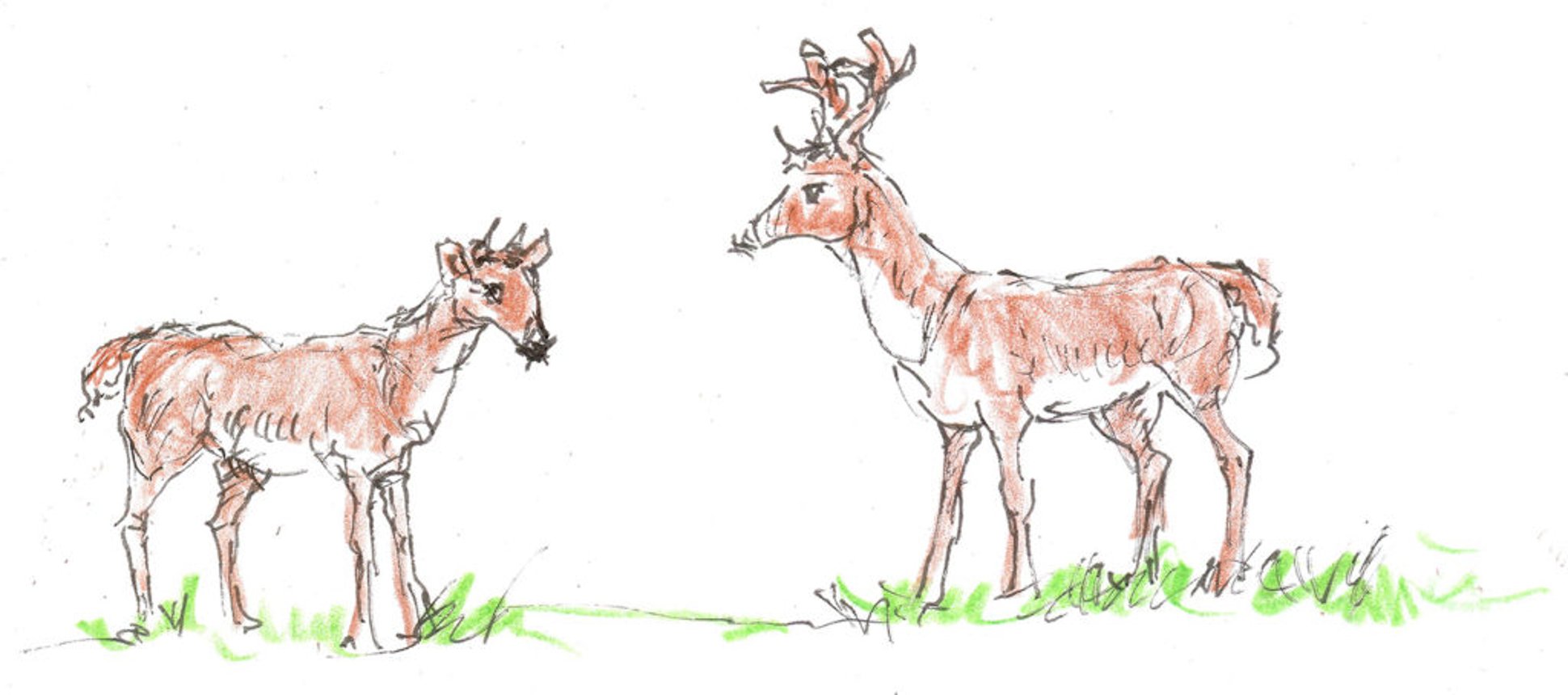
Once a spike, always a spike.

Not true. Research done by wildlife scientists at Texas A&M University found that the spike buck, usually 1.5 years old, in many cases can and will grow branched antlers as he gets older.
But that doesn’t mean spikes are likely to produce Boone & Crockett type racks.
On average, the Texas A&M research found, the mature buck that was a yearling spike will have considerably less antler than his same-aged cousin who sported a branched antler as a youngster. The difference between a spiker and a forked buck when the two get to maturity can be nearly 40 Boone-and-Crockett inches!
All that said, the spike buck you pass on this fall could be a decent deer in another four to five years. Or not. And while spike yearlings that breed when older do produce a greater percentage of spiked offspring, the percentage is very slight.
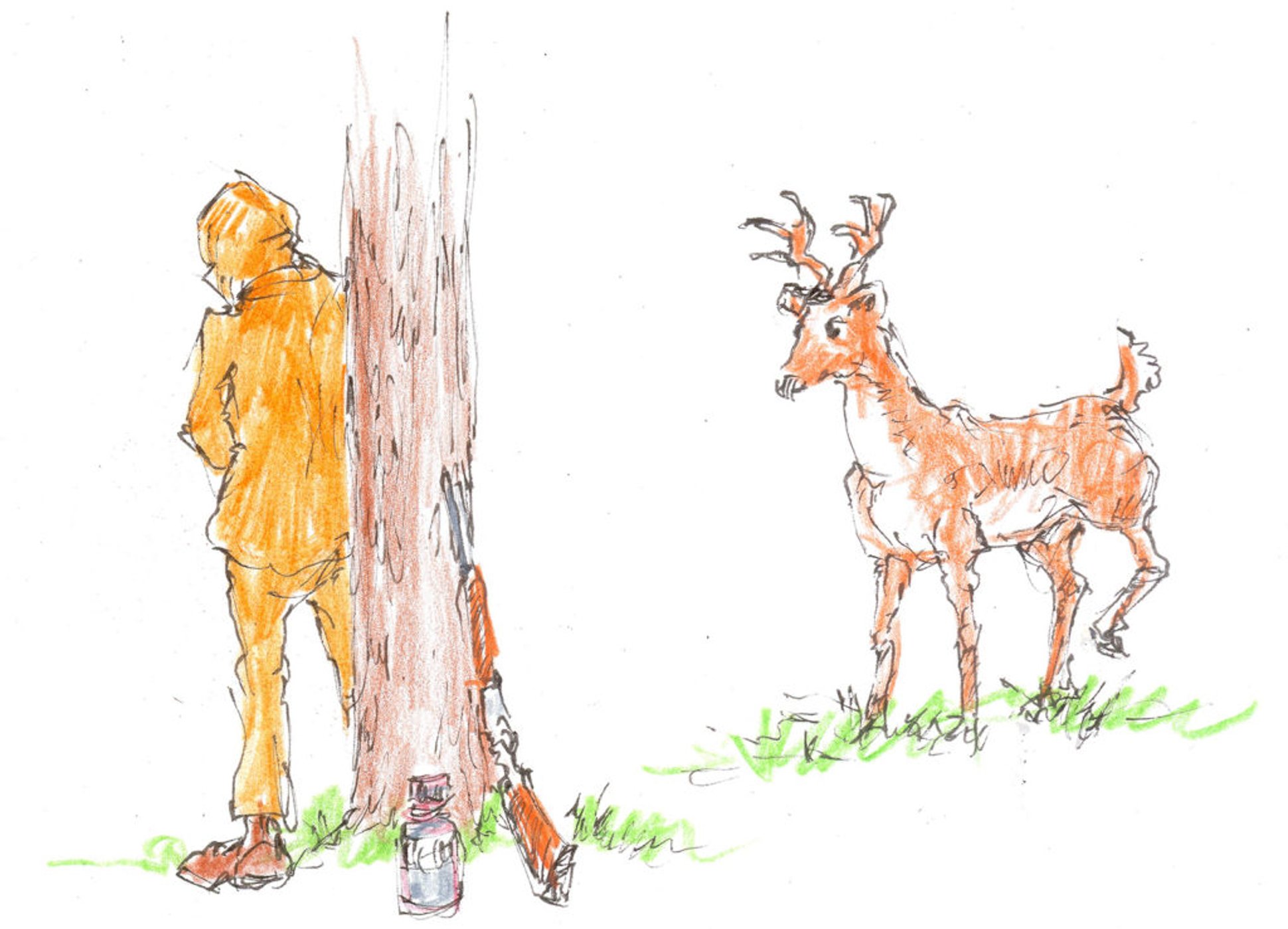
The smell of human urine scares away deer. Or, it actually attracts deer.

This has become the Ford v. Chevy argument of deer hunting. There is a lot of anecdotal evidence to support both positions, but as of yet no hard and fast science-based research.
Which means…prime topic for deer hunters to clash on!
